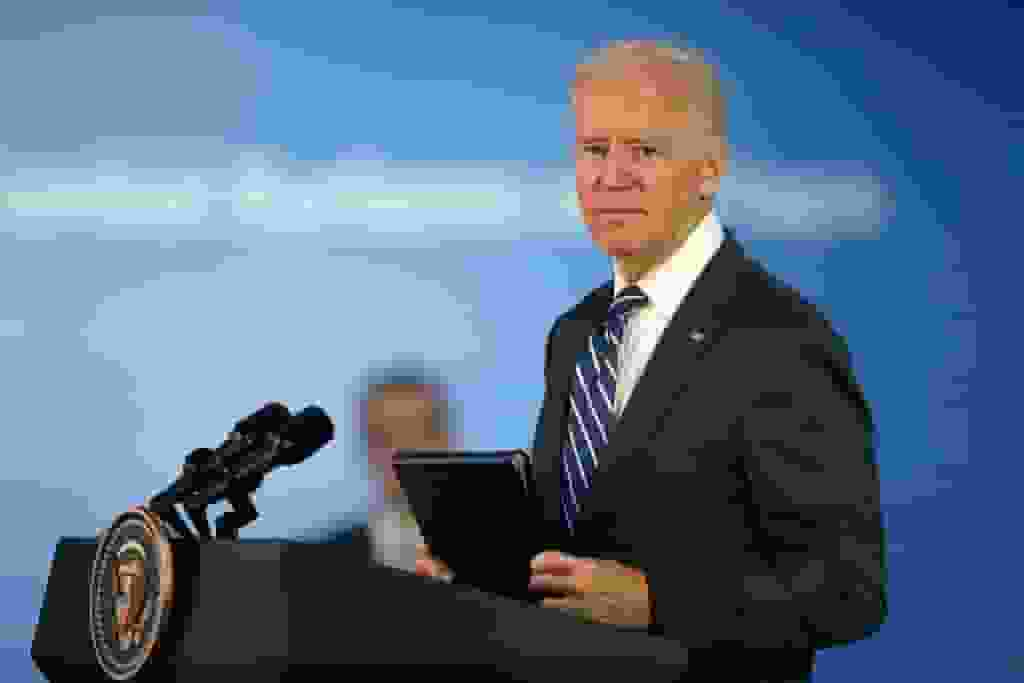
The federal student loan payment moratorium has been renewed by the Biden administration. The COVID-19 pandemic-related financial hardship program began in March 2020 with the goal of assisting those who were having trouble paying their debts.
The extension comes while the student loan forgiveness program of the Biden administration is being held up in court.
Biden’s Student Loan Forgiveness Program
Before loan payments resumed in January, officials had told borrowers that the scheme, which could reduce each borrower’s debt by up to $20,000, would be in place. For 60 days following the end of the litigation, the payments will be frozen.
If the scheme is not put into place and the lawsuit is not resolved, payments will start up again 60 days after June 30. In a video posted to Twitter on Tuesday, President Joe Biden said of his proposal to cancel student loans, I’m completely confident my plan is legal.
However, he argued that it is unfair to demand that the tens of millions of borrowers who qualify for relief start making their student loan payments again while the complaint is being heard in court.
Last Monday, the Department of Justice asked the Supreme Court to step in and restore the student loan forgiveness program while the legal issues are being handled. A lower court judge in Texas rejected the program on November 10.
The pandemic-era support program has already been extended eight times by the Department of Education. Since the start of the coronavirus epidemic in the US in March 2020, federal student loan payments have been halted, having a substantial impact on the economy.
However, other conservative organizations and states with Republican support promptly filed a court challenge to Biden’s comprehensive plan to cancel up to $20,000 in student debt for millions of Americans.
READ MORE: Biden Accepts Top U.S. Border Official Magnus’s Resignation
When to Resume Checking Debt?

The relief has been temporarily halted in two of these cases, and this month the Education Department suspended its loan cancellation application page.
With this extension, struggling borrowers will be able to keep food on their tables during the holiday season and the coming months, according to Mike Pierce, the executive director of an advocacy group called the Student Borrower Protection Center.
This is particularly crucial at a time when the US economy is struggling due to inflation, rising interest rates, and a potential wave of joblessness. Robert Farrington, an authority on student loans, reaffirmed his regular counsel to borrowers: Be ready and get organized.
Farrington noted that although it is unlikely, it is possible that the payment suspension could end earlier than anticipated if the legal disputes are resolved by June 30. Borrowers should be prepared for that possibility. In order to receive updates from the Department of Education, he also suggested that borrowers sign up at ed.gov/subscriptions.
In addition, Farrington stated that debtors who are eligible for a return are urged to get in touch and make a request as soon as possible. By next June, putting your tax refund into a high-yield savings account might result in hundreds of dollars in interest.
To ease the financial transition into repayment, start setting aside a portion of your monthly income that would go toward paying off your student loan debt into a high-yield savings account.

